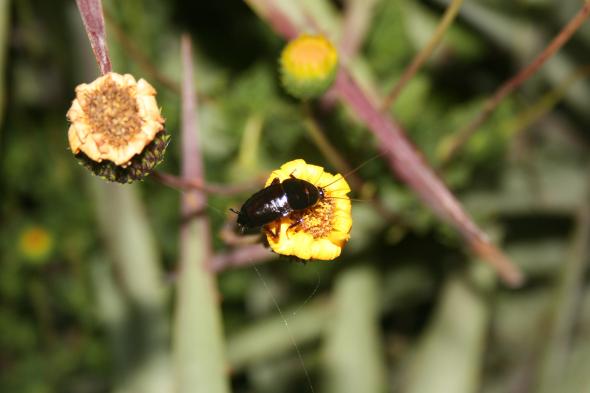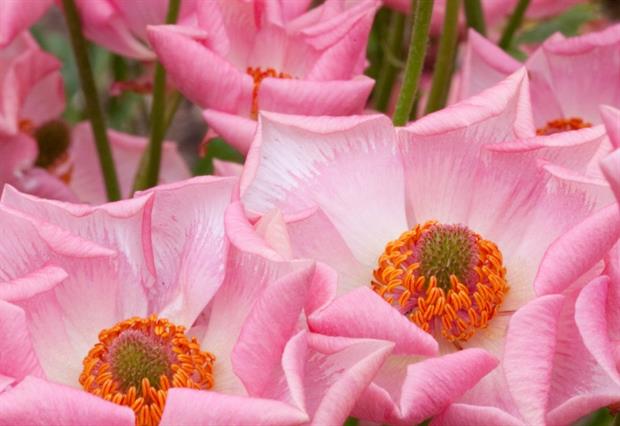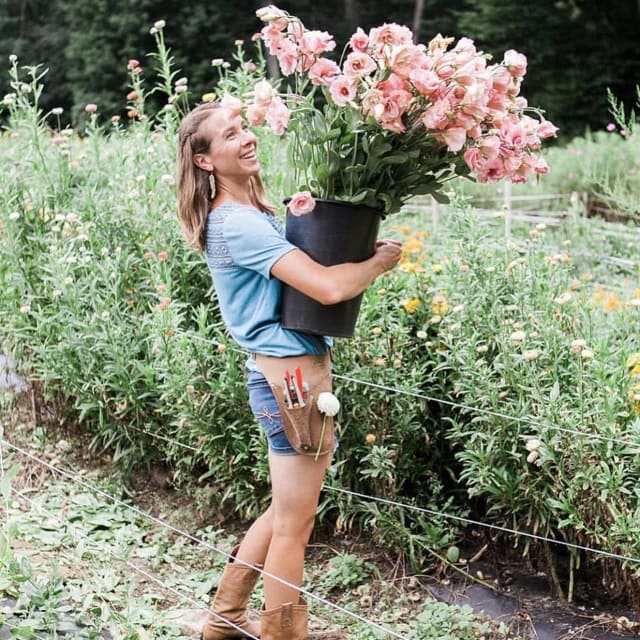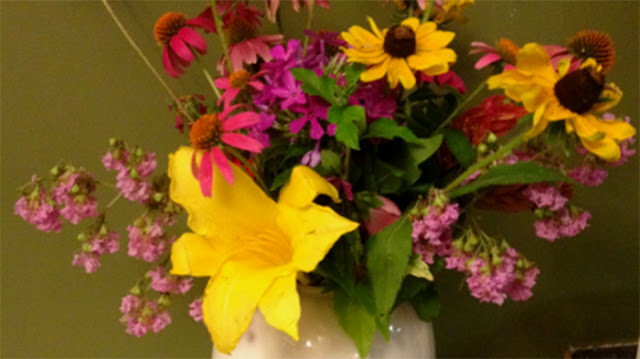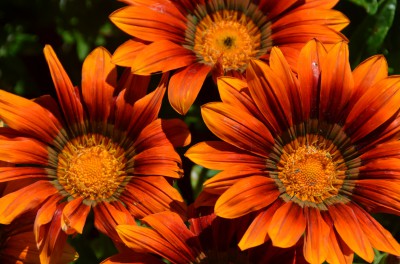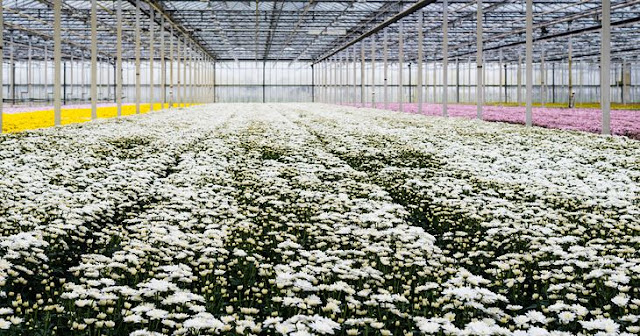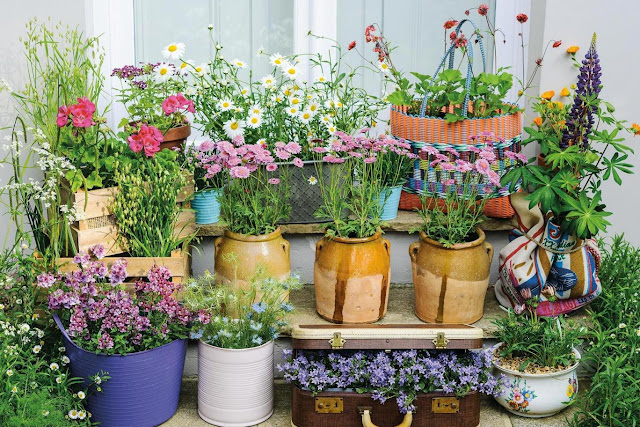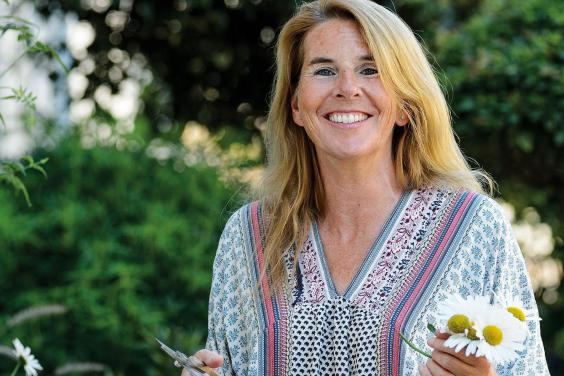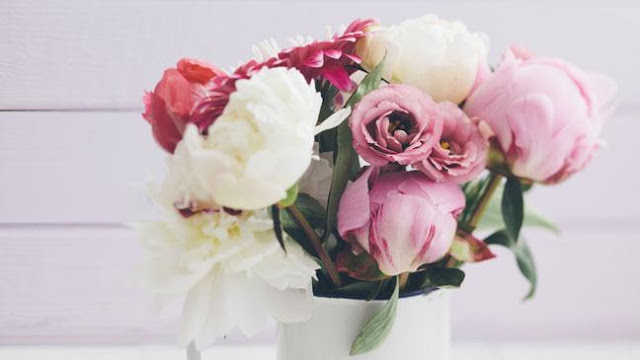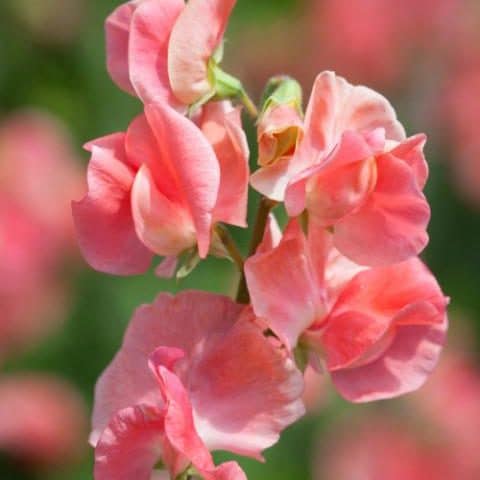Fed up of binning your bouquet after only a couple of days? Here’s how to keep your flowers blooming beautifully for longer.
Besides emptying the little sachet of food that comes with the bunch into your vase, there is a surprising array of tips that can help your roses, daffodils or lilies look their best for longer.
We sniffed out some of the strongest – and strangest – tricks to keep the wilting at bay…
Give it a drink
Head florist at Apple yard London Lauren Probe rt, said: ""There is an old trick to keep your flowers looking gorgeous and fresh and you won't quite believe it.
"As an alternative to flower food put a drop of vodka into your vase of flowers and add water, it's a surefire way to make your flowers last longer as it keeps the bacteria at bay."
1. Cut the stems
Tesco Head Florist Michelle Buck explains: "Cut your flower stems at a 45degree angle. This creates a larger surface area for the flowers to drink"
2. Hairspray
It sounds bonkers, but hairspray works on flowers the same way it does on your hairstyle to keep them looking fresh for longer. According to Serena ta Flowers, you need to take the flowers out of the vase first, then spray the undersides of the petals and hang them upside to dry, before returning them to the vase.
3. TV ban
While you might be keen to catch up with Alan Titch marsh on the box, keep your blooms away – putting your flowers too close to the TV will harm them, as the heat given off from these and other electrical appliances will dehydrate them. Ideally, pop them in a cool place where they get plenty of light, but not direct sunlight, which will wilt them.
4. Feed them Sprite
It’s a bit of an urban myth, but clear fizzy drinks like Sprite and 7-Up can prolong the life of your flowers, according to US scientists. Susan Han, from the University of Massachusetts Amherst’s plant, soil and insect science department, recommends a three-to-one ratio of water to soda, but with a couple of drops of bleach to stop bacteria from growing.
5. Clean the vase
Bacteria is the biggest baddie when it comes to bouquets, so make sure you thoroughly clean out your vase before placing a new bunch in it.
6. Keep fruit away
Michelle says: "Keep fresh flowers away from ripening fruit, it gives off a gas called ethylene and will cause your flowers to lose their longevity."
7. Pop a penny in
You’re bound to find one down the back of the sofa – so next time you get given a bunch of flowers, drop a penny in the vase – the copper is thought to stop bacteria from growing.
8. Bleach them
Sounds crazy, but Michelle explains: "Did you know that Gerber's are quite susceptible to bacteria. If you do not have suitable flower food you can use a tiny amount of household bleach in the water."
